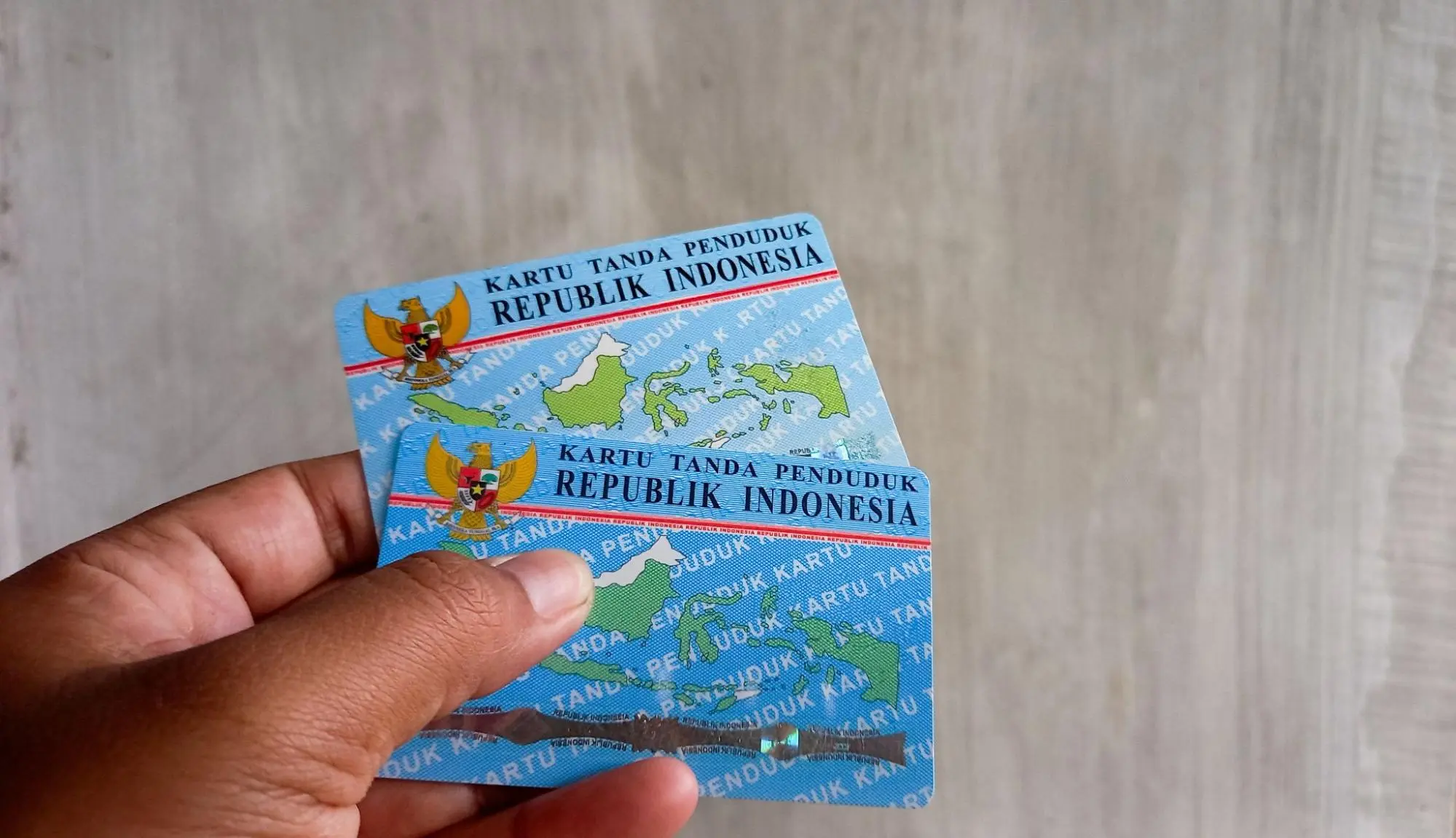Matching the Citizen Identification Number (NIK) to the Taxpayer Identification Number (NPWP) is currently being actively promoted by the Indonesian Government. The Directorate General of Taxation (DJP) has implemented a policy requiring taxpayers to update and verify their data, converting their NIK into NPWP. This regulation is stipulated in the Harmonization of Tax Regulations Law (UU HPP) and Minister of Finance Regulation (PMK) Number 112/PMK.03/2022. The enforcement of this policy will undoubtedly have positive impacts on Indonesian society, aiming to create an integrated and orderly administrative ecosystem. The implementation of this new format is planned to be effective simultaneously starting July 1, 2024, covering all DJP services and other administrative interests that require NPWP as a prerequisite.
1. Understanding NIK and NPWP
1.1 NIK (Citizen Identification Number)
The NIK, or Citizen Identification Number, is a 16-digit code that includes information such as province code, district/city code, sub-district code, date of birth, month of birth, year of birth, and the sequential number of births in a sub-district. Certain digits have specific meanings, like adding the number 40 for females.
Also Read: How to Check NIK Online Easily and Quickly, Here's the Way!
1.2 NPWP (Taxpayer Identification Number)
The NPWP, regulated by Article 1 paragraph 6 of Law No. 16 of 2009, is a crucial identity for taxpayers in Indonesia. The NPWP consists of 15 digits, covering taxpayer code, registered taxpayer office administration code, and taxpayer status code (center or branch).
Also Read: How to Make an NPWP Online, Easy and Fast!
2. Importance of NIK and NPWP
2.1 Identification and Population Administration
The NIK serves as the primary instrument in identifying every Indonesian citizen. The information within the NIK assists the government in planning and implementing development programs, regional mapping, and resource allocation based on local population characteristics.
2.2 Basis for Tax Obligation Determination
The NPWP is the main basis for determining the tax obligations of each taxpayer. With the NPWP, the Directorate General of Taxation can identify income sources and track economic activities involving taxation elements, enhancing transparency and accuracy in tax assessment and collection.
2.3 Tax Administration Efficiency
Integrating NIK and NPWP allows the merging of population administration data with tax data, improving efficiency in tax services and minimizing the risk of data duplication. By combining these two identification systems, the government can optimize administration and simplify taxpayers' compliance with tax obligations.
2.4 Encouraging Tax Compliance
The significance of NIK and NPWP in every economic transaction and activity encourages tax compliance. Clear identification closely related to taxation makes taxpayers more inclined to adhere to regulations and accurately report their tax obligations.
3. Objectives of Matching NIK to NPWP
3.1 Access to All Tax Services
Matching NIK to NPWP aims to integrate data collected by ministries/agencies and other entities with similar administrative systems. This is expected to provide easier access to tax services and enhance efficiency in tax administration.
3.2 Simplifying Government Tax Administration
This matching enables the government to manage tax administration more efficiently, reduce the risk of duplicate data, and simplify the reporting and monitoring processes of taxpayers' financial activities in more detail. Additionally, this policy can strengthen the security of personal data and build a solid foundation for a transparent and accountable tax system.
3.3 People Only Need to Remember NIK
With the matching of NIK to NPWP, people only need to remember their NIK for tax-related activities without the need to recall their NPWP. This will ease individuals in tax administration, tax reporting, and other processes.
4. How to Verify NIK to NPWP
4.1 Log in to the DJP Website
Begin by accessing the online DJP page at https://djponline.pajak.go.id/account/login. Then, enter your NPWP, password, and security code (Captcha) to log in.
4.2 Check Your Profile
After successful login, go to the "Profile" menu to view information about the validity of your main data. If the status indicates "needs updating" or "needs confirmation," it means your NIK needs verification.
4.3 Enter Your NIK
In the 'Profile' menu, find 'Main Data' and the 'NIK/NPWP' column (16 digits). Fill in this column with your 16-digit NIK. Afterward, click 'Validation' to initiate the verification process of data collected by the Directorate General of Population and Civil Registration (Dukcapil). If the data is verified, the system will display a notification that the data has been found. Click 'OK' to proceed.
4.4 Choose 'Edit Profile'
Next, select the 'Edit Profile' menu to make adjustments if necessary. In the 'Edit Profile' section, you can complete the classification of Business Unit (KLU) data and family member information.
4.5 Log in to DJP Online
Once your profile is complete and verified, you can log in to DJP Online using your NIK.
The initiative to match NIK to NPWP is a positive step in modernizing tax administration in Indonesia. It is hoped that the implementation of this policy will bring significant benefits in improving efficiency, data security, and the interconnectedness of tax services. The public is expected to experience ease in fulfilling their tax obligations, while the government can manage tax data more effectively, leading to a more transparent and accountable tax system.






